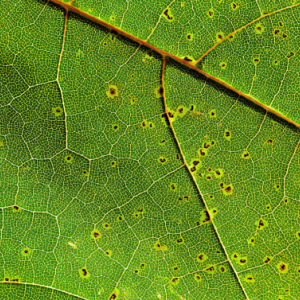
Nanotechnology – the designing of ultra-small particles – is part of the evolving science of precision agriculture, and could potentially solve some of the world’s most pressing problems at the food-energy-water nexus as it requires fewer natural resources and water, and enhances plant nutritional values.
This blog-post argues that nanotechnology is emerging as a promising way to promote plant growth and development and gives a few examples of its usefulness for agriculture:
- Application of nanozinc to mung beans increases the activity of enzymes that convert phosphorus in the soil into forms more easily absorbed by the plant. In unfertilised soil, nanozinc treated plants take up 11% more phosphorus, have a 27% increase in biomass and produce 6% more beans than those untreated in unfertilised soil.
- When applied to a tomato plant, titanium dioxide and zinc oxide nanoparticles increasethe lycopene content, - which may have antioxidant properties in people - in tomatoes by 80-113%.
The health implications of nanoparticles for people eating them are an area of considerable concern; the blog says that this is an active research area, and current studies indicate that they are probably safe to eat. For a fuller picture however, both life cycle assessments and studies on how nanoparticles behave in the human body are needed.
For related research, take a look at our Research library keyword categories on biotechnology, fertilizer use, food & agriculture policy, food nutrients, food safety, health concerns and production efficiency/intensity.
Read the full post here.







Post a new comment »